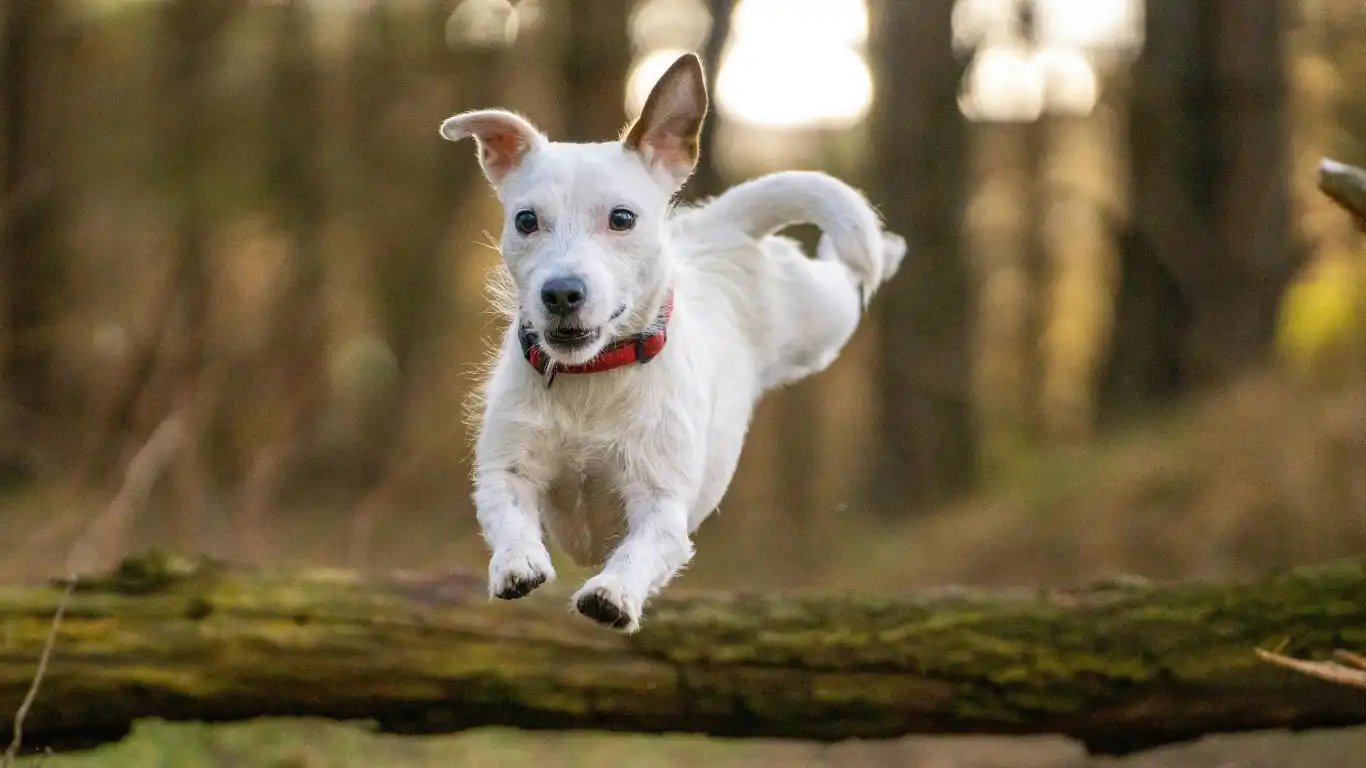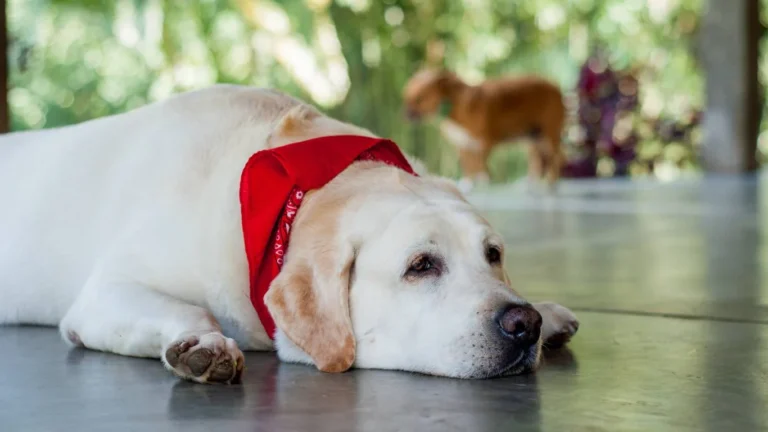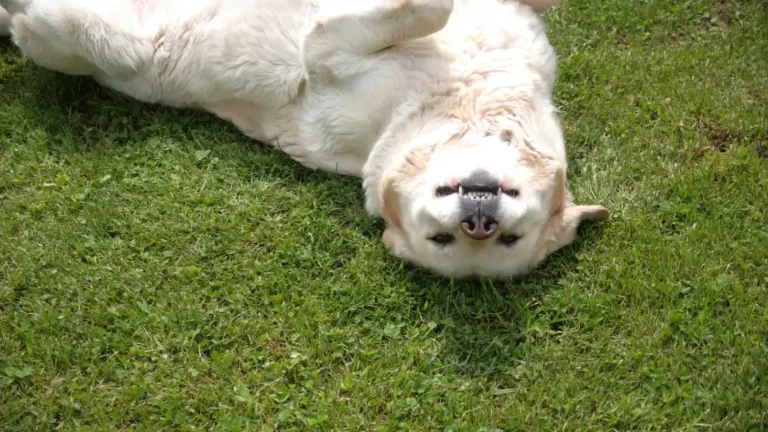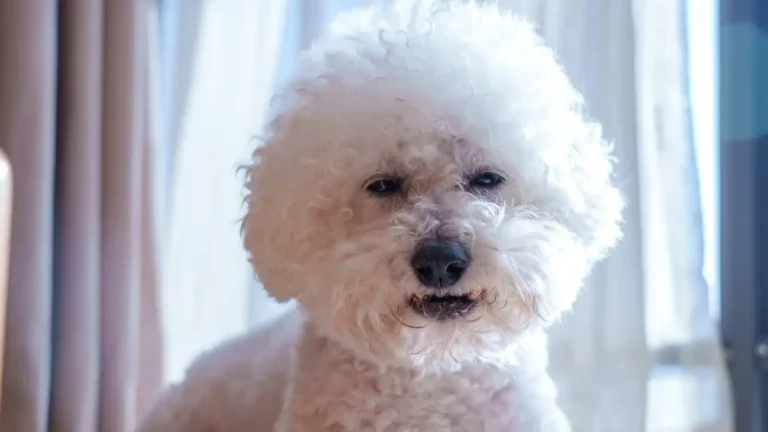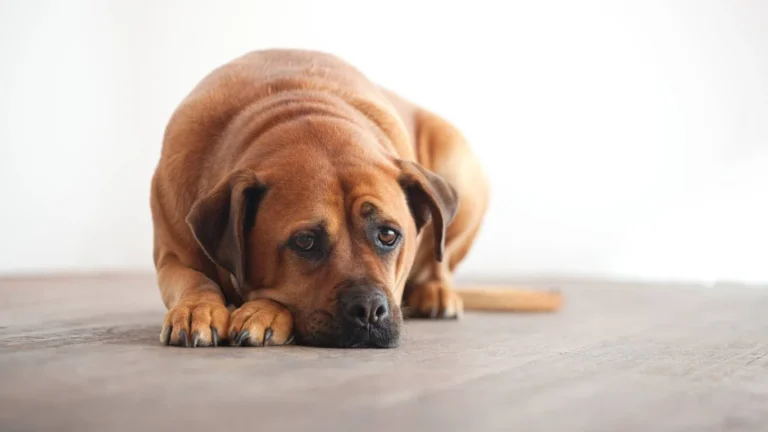How to Treat Cracked Dog Paw Pads Naturally: Easy Steps to Heal Fast
If you’ve ever watched your dog limp around after a long walk or start licking at their paws obsessively, you know the worry that kicks in. I’ve seen it time and time again, both in the clinic and with my own pup—those dry, rough, or even bleeding paw pads. It’s heartbreaking. And when pet parents come to me asking how to treat cracked dog paw pads naturally, I always say: you’re already doing the right thing by paying attention. This issue is way more common than people think, especially during extreme weather months or if your dog loves their outdoor adventures.
What Causes Cracked Dog Paw Pads?
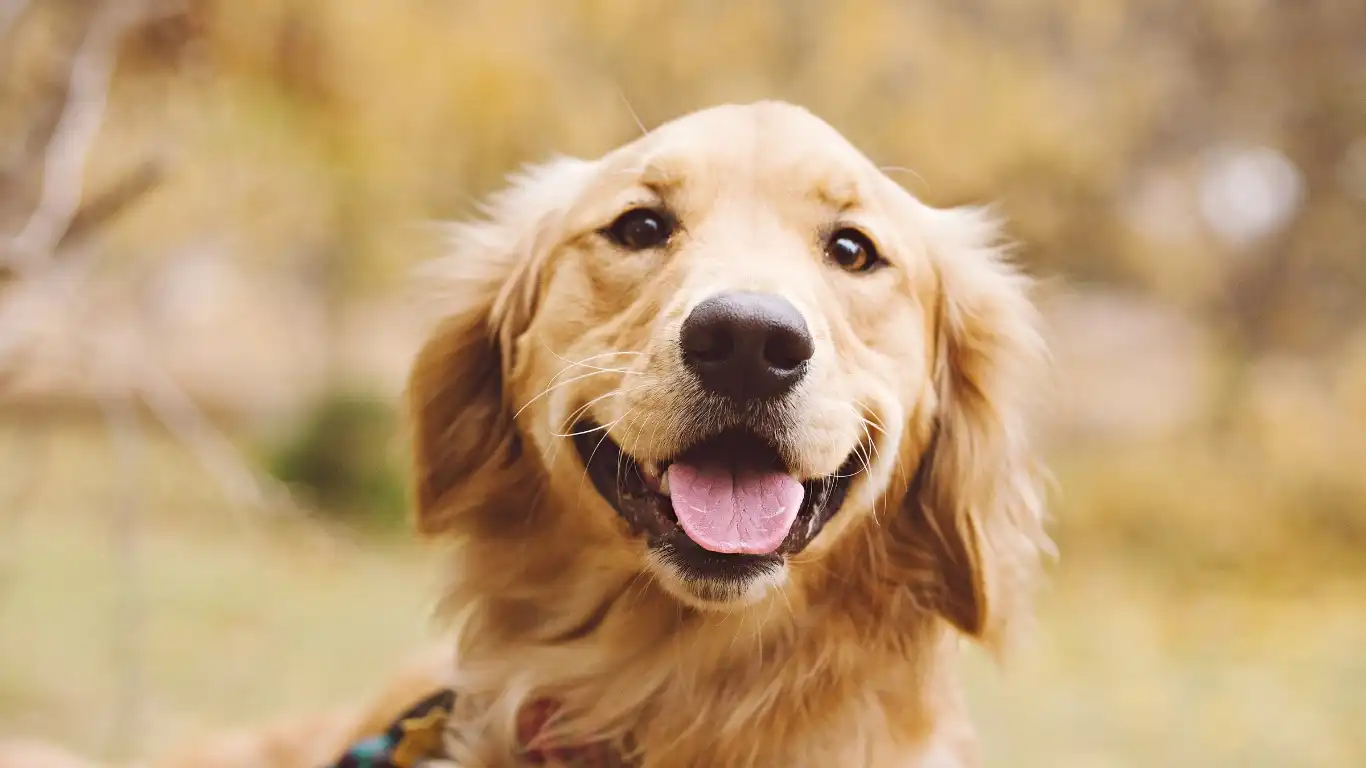
Paw pads are tougher than you’d think, but they’re still vulnerable. Think of them like the soles of our feet—except your dog is walking around barefoot all day, every day. Cracked paw pads can happen for a bunch of reasons, and most of them are pretty avoidable with the right care.
Environmental Irritants
Salt on icy sidewalks, hot pavement in the summer, lawn chemicals, and even beach sand can all wreak havoc on your dog’s paws. I’ve had clients come in after a snowstorm, their dog’s paws red and cracked from walking on de-icer. One golden retriever literally refused to walk after a salt-heavy winter hike. Poor guy.
Excessive Licking
Some dogs lick their paws out of boredom, anxiety, or because of allergies. That constant moisture breaks down the skin barrier, and before you know it—cracks form. If your pup has been extra licky lately, it’s worth digging into the “why” and not just treating the symptoms.
Dry Air and Weather Extremes
Winter air dries out human skin, and guess what? It does the same to dogs. The same goes for walking on scorching sidewalks in the summer. As a vet tech, I always tell people to do the five-second rule: press the back of your hand to the ground—if it’s too hot or cold for you, it’s too extreme for your dog’s paws.
How to Treat Cracked Dog Paw Pads Naturally (What Actually Works)
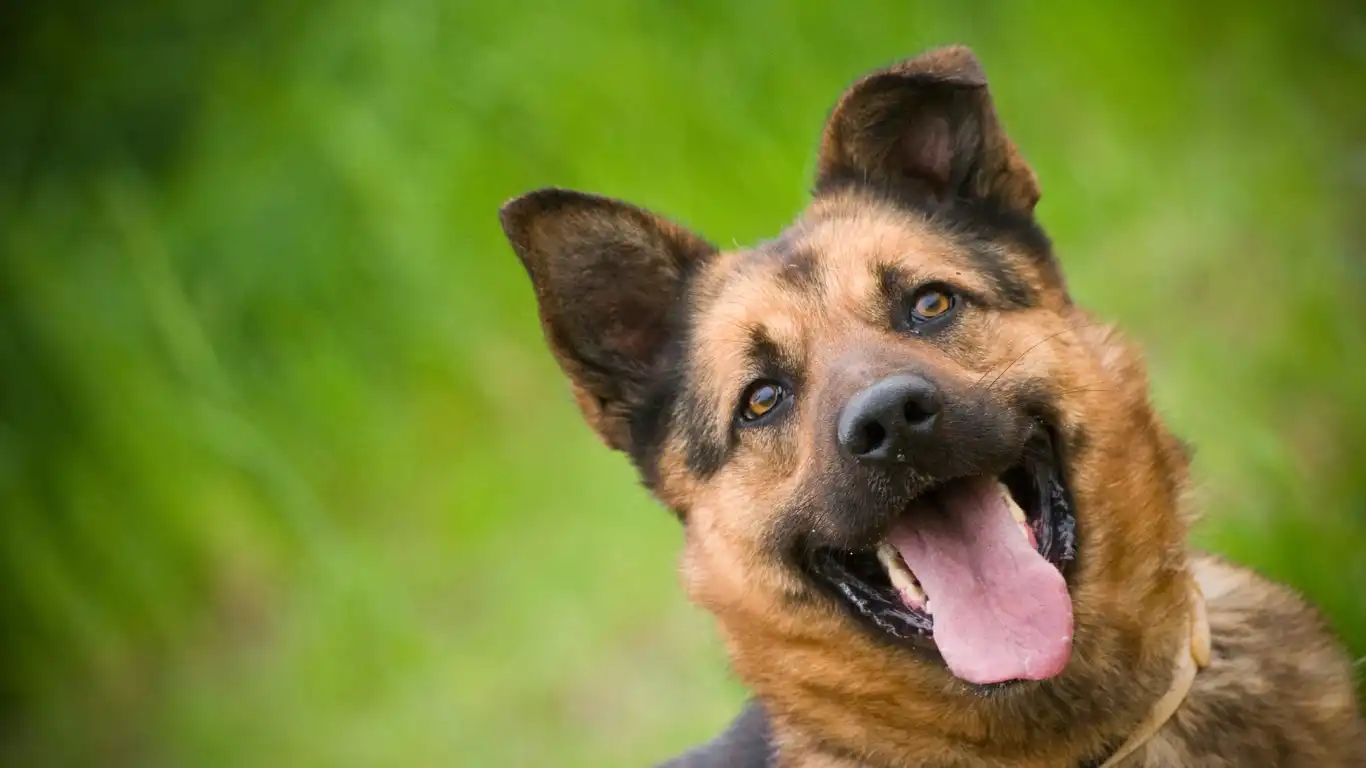
Okay, now let’s get into the good stuff—natural, vet-approved treatments that can soothe and heal those poor cracked paws without reaching for harsh chemicals or overpriced quick fixes. I’ve used these tips in the clinic and at home with fantastic results. Here’s how you can start helping your dog heal, right from your kitchen or local health store.
1. DIY Paw Soaks
Sometimes you need to start with a good soak to cleanse and prep the area. Here’s a couple of my go-to options:
- Epsom Salt Soak: Mix a tablespoon of Epsom salt in warm water and let your dog’s paws soak for 5–10 minutes. It’s soothing and helps draw out inflammation.
- Chamomile Tea Foot Bath: Brew 2–3 chamomile tea bags in a bowl of warm water. Let it cool a bit, then soak those tired paws. Chamomile is naturally calming and has anti-inflammatory properties.
2. Natural Moisturizers That Actually Help
I always say if you wouldn’t put it on your own skin, don’t put it on your dog’s. Here are some ingredients I swear by:
- Coconut Oil: Super moisturizing and antimicrobial. Rub a small amount into each paw pad before bedtime (pro tip: distract your dog with a toy while it absorbs).
- Shea Butter: Deeply hydrating and often used in pet-safe paw balms. Just a dab works wonders.
- Olive Oil or Vitamin E: Great for dry, cracking skin. I usually recommend Vitamin E capsules—just pierce one and gently rub the oil onto the affected pad.
3. Protective Paw Balms
If your dog’s paws are in rough shape, using a natural balm can both soothe and protect. You can buy a reputable, vet-recommended balm (look for organic ingredients and no artificial perfumes), or try a homemade blend. One easy recipe I share with pet parents includes:
- 2 tbsp coconut oil
- 1 tbsp beeswax pellets
- 1 tbsp shea butter
- A few drops of calendula oil (optional, for extra healing)
Melt everything together in a double boiler, pour into a small tin, let it cool, and boom—instant paw rescue. Just make sure to apply it when your dog is calm or sleepy to reduce licking.
What to Avoid When Treating Cracked Paw Pads
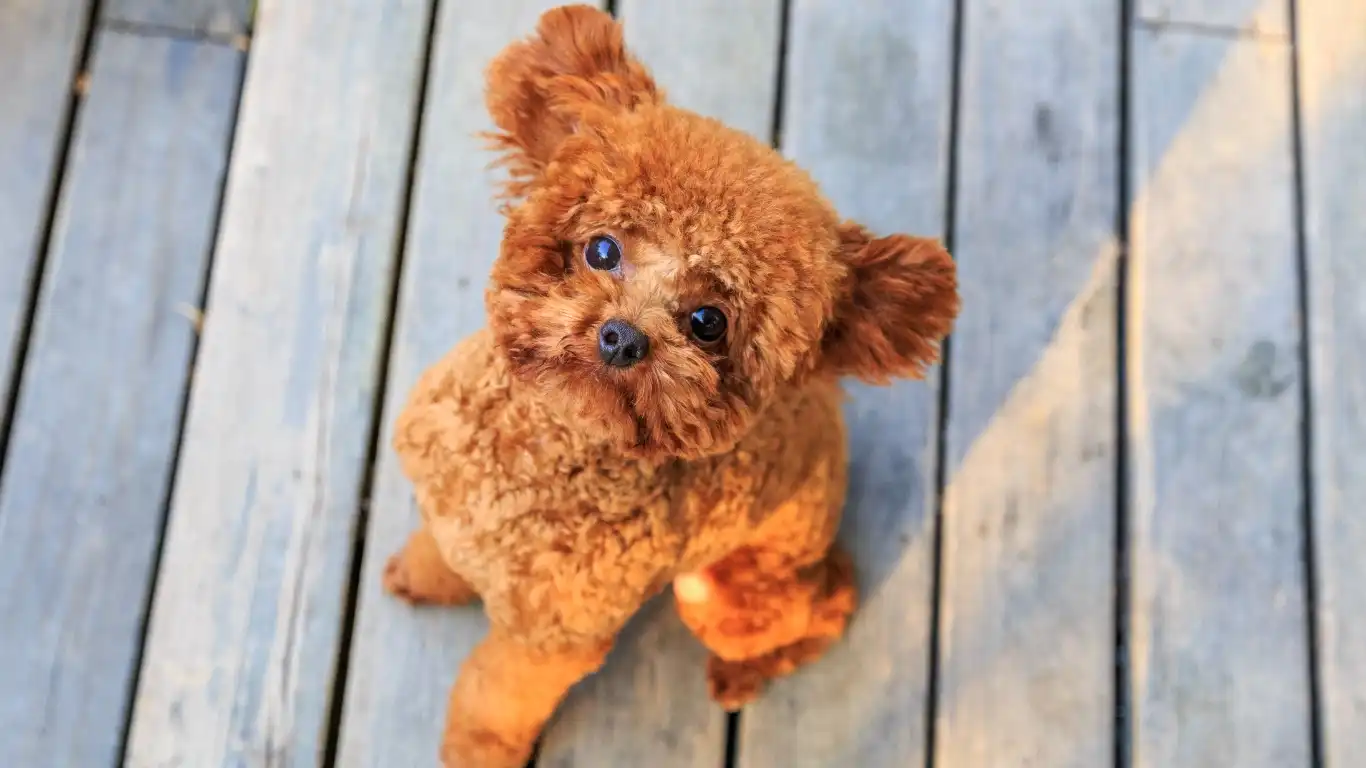
It’s just as important to know what not to use. Over-the-counter ointments made for humans might seem helpful, but many contain ingredients that are toxic to dogs—like zinc oxide or lidocaine. Avoid anything with alcohol, artificial fragrances, or petroleum-based products. These can do more harm than good, and in some cases, actually worsen the cracking.
Also—avoid wrapping or bandaging the paw unless your vet specifically recommends it. Improper wrapping can cut off circulation or trap moisture and bacteria, which leads to infection. If you need to cover the paw for a walk, dog booties are a much better option, and trust me, dogs get used to them faster than you’d think!
Everyday Prevention Tips to Keep Those Paw Pads Happy

If you’re already dealing with cracks, you’re probably also thinking, “Okay, but how do I stop this from happening again?” Totally fair. As someone who’s patched up more paws than I can count, I’m big on prevention being way easier than treatment. A few small daily habits can make a world of difference.
Wipe Paws After Every Walk
This might seem like overkill, but trust me, it’s a game changer—especially if you live in a city or anywhere with snow, salt, or pesticides. I keep unscented baby wipes or a soft towel near the door and do a quick wipe-down after walks. No drama, no fuss. It only takes a few seconds and helps remove any irritants that could cause drying or cracking.
Use Dog Booties (Yes, Really!)
I know, I know—booties can feel a little extra. But when you’ve seen what de-icing salt or burning-hot asphalt can do to a dog’s paws, you’ll become a bootie believer. It might take a few tries (and some hilarious Bambi-on-ice moments), but most dogs adjust quickly. I recommend lightweight, breathable ones in summer, and insulated ones in winter.
Keep Nails Trimmed
This one surprises people, but long nails actually mess with your dog’s gait, causing uneven pressure on the paw pads. That can lead to friction, cracks, or even calluses. Regular trims—whether at home or by your groomer—help everything stay aligned and healthy.
Nutrition Plays a Bigger Role Than You Think

As a vet tech specializing in nutrition, I can’t stress this enough: skin and paw health start from the inside out. I’ve had dogs come in with persistent paw issues that magically cleared up after a diet switch. It’s wild how often this gets overlooked.
Essential Fatty Acids for Skin Health
Omega-3s (like those found in fish oil) are incredible for maintaining healthy skin and paw pads. I typically recommend a high-quality fish oil supplement added to meals. Just make sure it’s one formulated for dogs—human capsules can be too concentrated.
Balanced, Whole-Food Diet
If your dog is on a dry kibble that’s heavy on fillers and low on real nutrients, their skin will show it—cracked paws included. I always suggest looking for a food with named meat sources, healthy fats, and minimal preservatives. Even better? Adding in fresh food toppers like eggs, sardines, or a spoonful of plain pumpkin. Simple, affordable, and nutrient-packed.
Hydration is Key
This sounds basic, but even mild dehydration can dry out paw pads. Make sure your dog has access to fresh, clean water at all times. If they’re not a big drinker, try adding a splash of low-sodium bone broth to their water or mixing water into their meals.
Seasonal Paw Care — Because Each Season Has Its Own Challenges
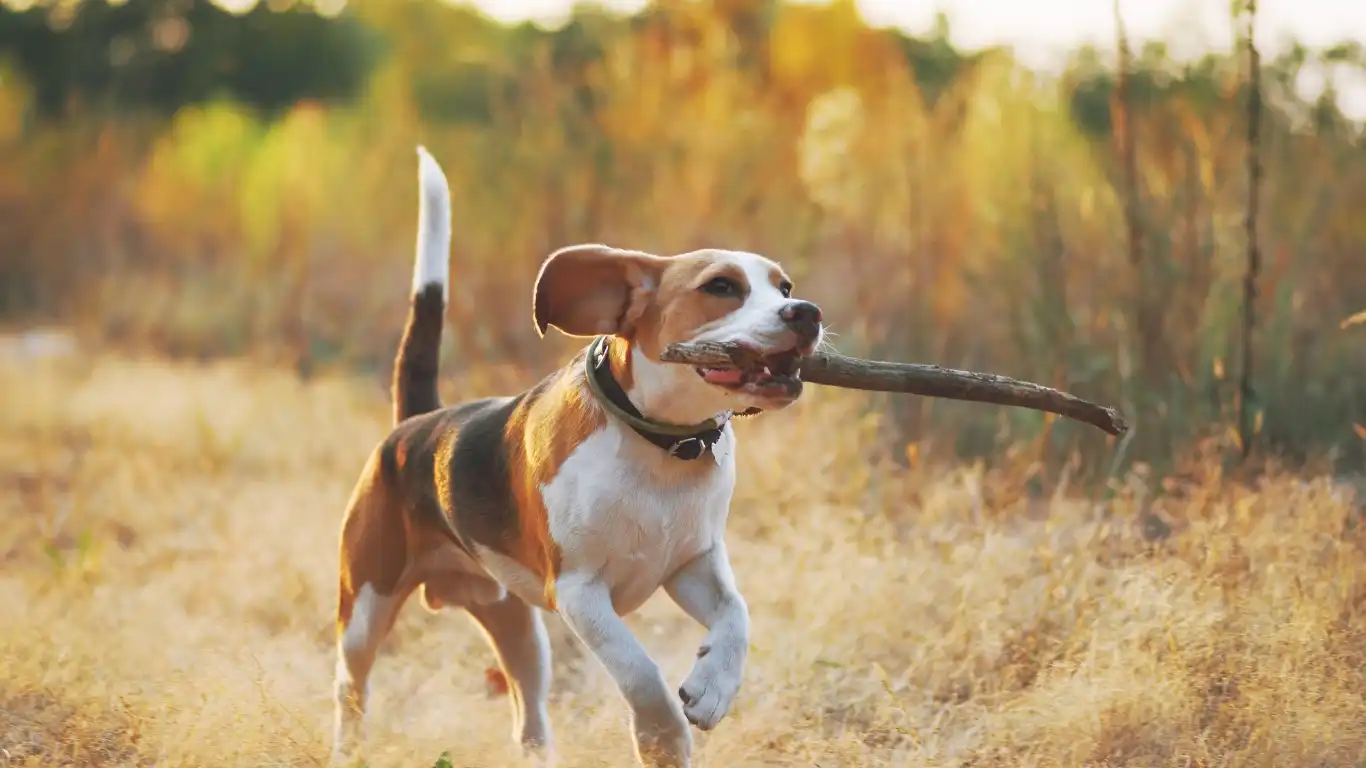
Just like our skin changes with the weather, your dog’s paw pads go through seasonal ups and downs. Here’s how I coach my clients to adjust their paw care throughout the year.
Winter Woes
- Use paw balm daily before walks to create a barrier against salt and ice.
- Always wipe paws post-walk—especially if you’ve been on treated sidewalks.
- Consider adding a humidifier indoors to combat dry air.
Summer Sizzle
- Walk early morning or late evening to avoid hot pavement.
- Use the back-of-the-hand test to check surface heat before heading out.
- Hydrate like crazy—inside and out.
Spring & Fall
- Watch for seasonal allergies that cause paw licking.
- Mud, mold, and pollen can irritate pads—wipe paws regularly.
- These are the best times for bare-paw walks to help toughen pads naturally (on grass or soft trails).
FAQs I Get from Dog Parents All the Time
Working in clinic, I get a lot of the same questions about cracked paw pads. Here are a few that might be on your mind too:
“Can I use Neosporin on my dog’s cracked paws?”
Short answer: it depends. While small amounts of plain Neosporin might be okay, it’s not ideal long-term, and many dogs will lick it off. I always lean toward natural, dog-safe alternatives instead—things like calendula or coconut oil are safer and actually promote healing.
“Should I let my dog lick their cracked paw pads?”
It’s a balancing act. Some licking is a natural response, but constant licking will delay healing or introduce infection. If your dog won’t leave it alone, consider an inflatable collar or doggie bootie to break the cycle.
“How long does it take for cracked paw pads to heal naturally?”
Typically, with proper care, you’ll see improvement within a few days and full healing in about 1–2 weeks. But that depends on how deep the cracks are and how consistent you are with treatment. If you’re not seeing any improvement in a week, it’s worth calling your vet to rule out infection or underlying issues.
Advanced Care: When to See the Vet for Cracked Paw Pads
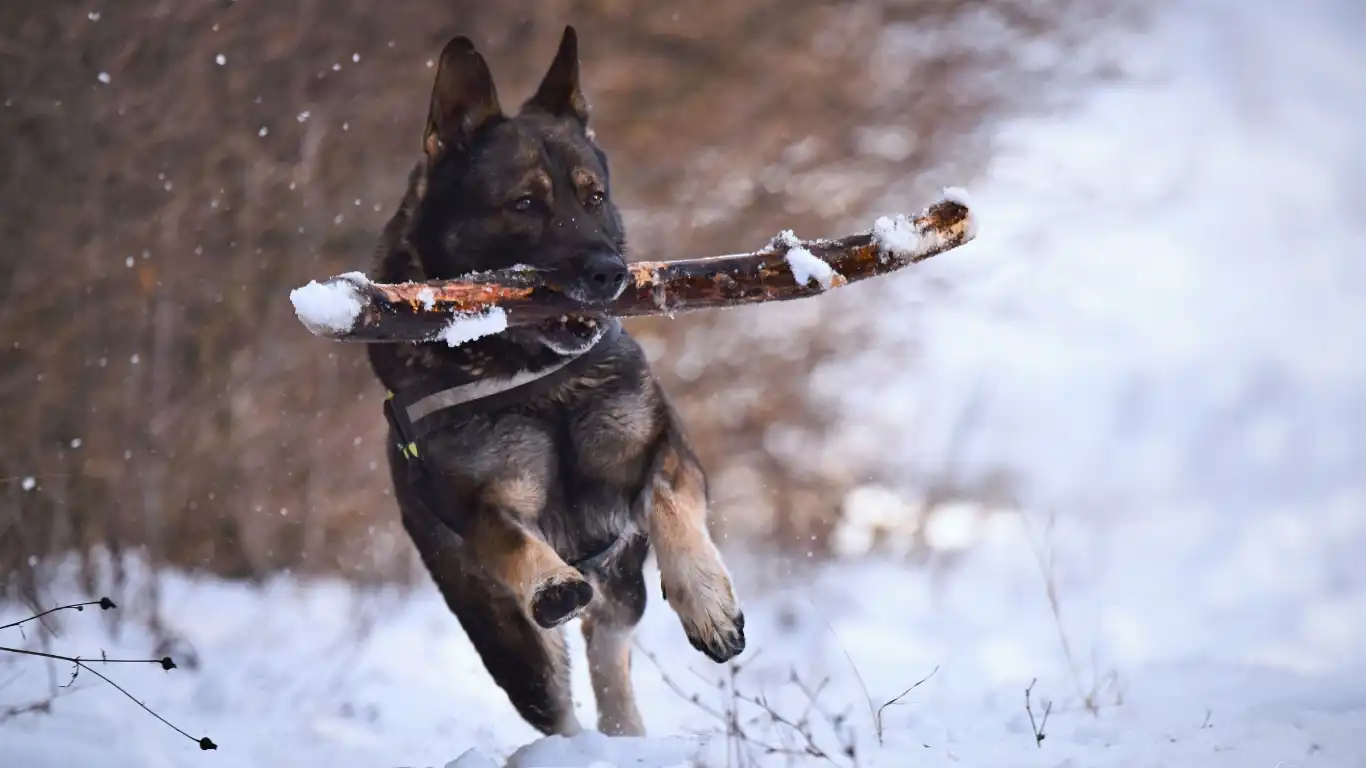
So you’ve tried everything, and your dog’s paws aren’t improving—or worse, they seem to be getting worse. It happens, and it’s important to know when to stop being your dog’s personal nurse and take them to the vet. As much as I love home remedies, there are times when professional care is essential. Here’s what to watch for:
Signs of Infection
If your dog’s paw pads are still cracked after several days of at-home care, and you notice any of the following signs, it’s time to see your vet:
- Redness, swelling, or warmth around the cracks.
- Excessive discharge or pus leaking from the cracks.
- Continued limping despite using treatments at home.
- Foul odor coming from the paw pads.
These could be signs of an infection that needs antibiotics or even more intensive treatment. Don’t wait too long to get your dog checked out—paw infections can spread quickly and become serious if left untreated.
Underlying Health Issues
Sometimes cracked paw pads are a symptom of something bigger. If your dog is dealing with chronic paw issues, it could be related to their overall health. Some health problems that contribute to paw pad issues include:
- Autoimmune disorders that affect the skin.
- Hormonal imbalances, like hypothyroidism.
- Allergies—both environmental and food-related—causing excessive licking.
If you’re seeing repeated cracks despite consistent care or if your dog has other signs like hair loss, unusual weight changes, or digestive issues, talk to your vet about potential underlying conditions.
Additional Natural Remedies for Long-Term Paw Health
Aside from the daily care tips and treatments we’ve covered so far, there are some additional steps that can make a huge difference in keeping your dog’s paws in tip-top shape. These are things I often suggest as a long-term part of your dog’s health regimen.
Regular Paw Pad Exercises
We’re all about keeping our pups active, but did you know that regular paw exercises can actually help toughen their pads? Walking on natural surfaces like grass, dirt, or sand helps keep the paw pads strong and resistant to cracking. If your dog spends a lot of time on hard, synthetic surfaces, they’re missing out on this natural conditioning. A few sessions a week on different surfaces, like a trail hike or beach day, can work wonders.
Natural Supplements for Healthy Skin and Paws
There are a few additional supplements that I recommend to pet owners, especially if they’re dealing with chronic dryness or cracking in the paws. A couple of good options include:
- Biotin: This B-vitamin plays a major role in skin and coat health. It can help promote healthy paw pads and reduce the risk of cracks.
- Omega-6 fatty acids: Along with Omega-3s, Omega-6 fatty acids play a role in maintaining skin health. These are often found in plant-based oils like evening primrose oil and borage oil.
As always, check with your vet before introducing new supplements into your dog’s diet to ensure the right dosage and safety.
How to Make Your Own Dog Paw Balm: A Simple Recipe
If you’ve been following along with this article, you know I’m all about natural remedies. Here’s a simple recipe I often recommend to clients for making a DIY paw balm. It’s easy to whip up and super effective at keeping your dog’s paws smooth and protected.
- Ingredients:
- 2 tablespoons coconut oil
- 1 tablespoon shea butter
- 1 tablespoon beeswax (helps thicken the balm)
- 1 teaspoon olive oil
- 5 drops of lavender or chamomile essential oil (optional for soothing properties)
- Instructions:
- In a double boiler, melt the coconut oil, shea butter, and beeswax together.
- Once melted, add the olive oil and stir well. Remove from heat.
- If you’re using essential oils, now’s the time to add them in—lavender and chamomile are especially soothing.
- Pour the mixture into a small container and let it solidify.
- American Kennel Club – How to Keep Your Dog’s Paws Healthy
- Pets StackExchange – Treating Cracked Dog Paw Pads
- Dogs Naturally – DIY Dog Paw Balm
Apply the balm to your dog’s paw pads once a day or as needed. It’s that easy!
References
Disclaimer
While the information provided in this article is based on my professional experience as a Veterinary Technician/Nurse specializing in nutrition, it is not a substitute for professional veterinary advice, diagnosis, or treatment. Always consult with your vet for concerns about your dog’s health, especially if you notice any signs of infection or if your dog’s condition doesn’t improve. The recommendations here are meant to complement, not replace, proper veterinary care.
